The UNLV Anthropology Department has five archaeologists who offer a wide variety of both undergraduate and graduate classes. The department also includes several active laboratories that support faculty research and provide student training. Geographically, archaeological research is carried out in the American Southwest, the Arctic, Central Andes (Peru), Mesoamerica (Maya), and the Mojave Desert. The archaeological research interests in the department include: archaeological method and theory, ceramic and lithic technology, environmental archaeology, ethnoarchaeology and experimental studies, forager adaptations, gender and social identify, household archaeology, origins of inequality, queer archaeology, remote sensing, technology and production, and precolonial urbanism.
Faculty
Archaeological faculty at UNLV includes Karen Harry, Liam Frink, Gabriela Oré Menéndez, Barbara Roth and Lisa Johnson.
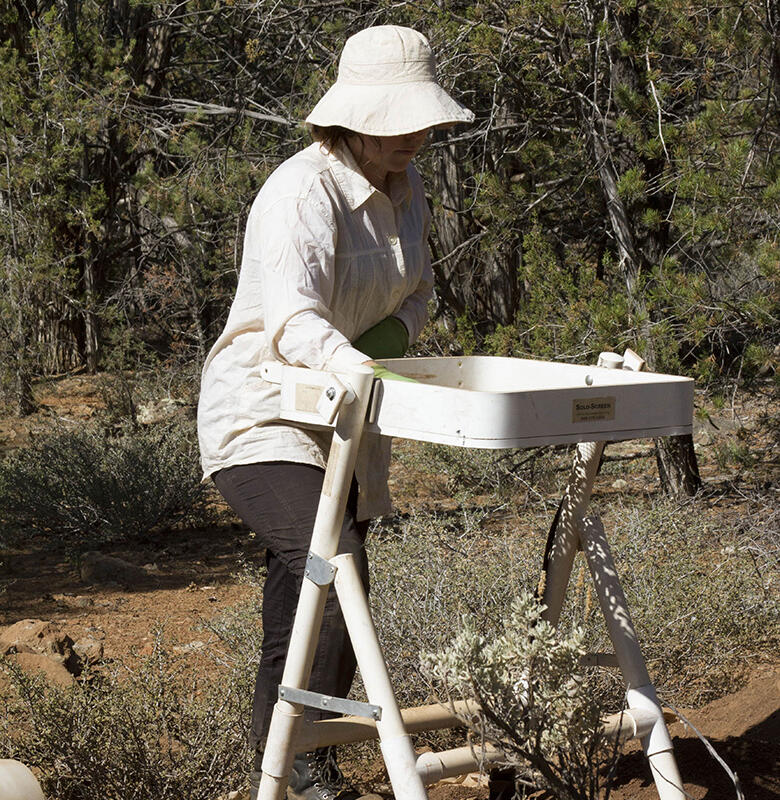
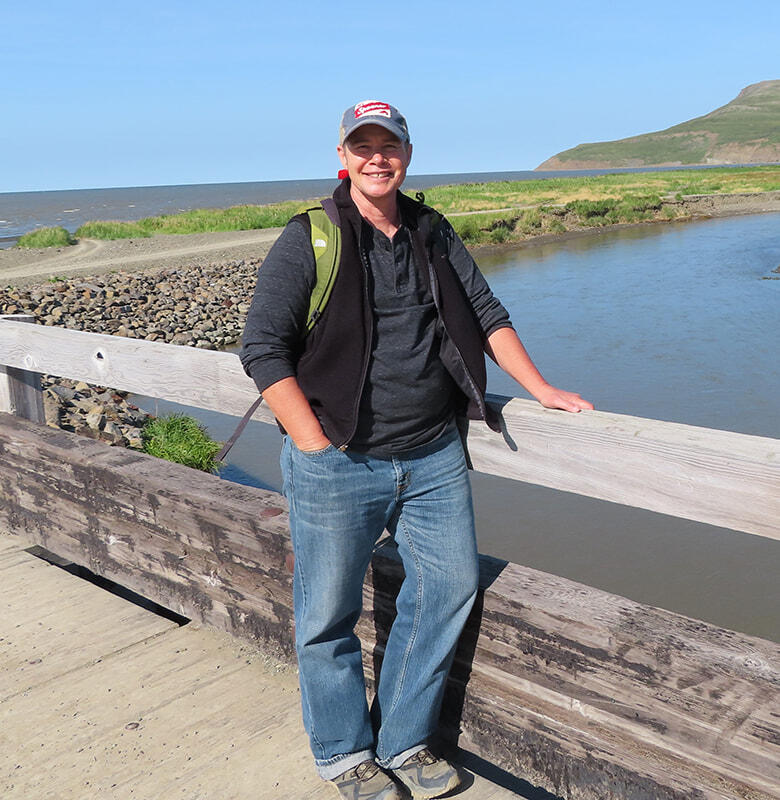
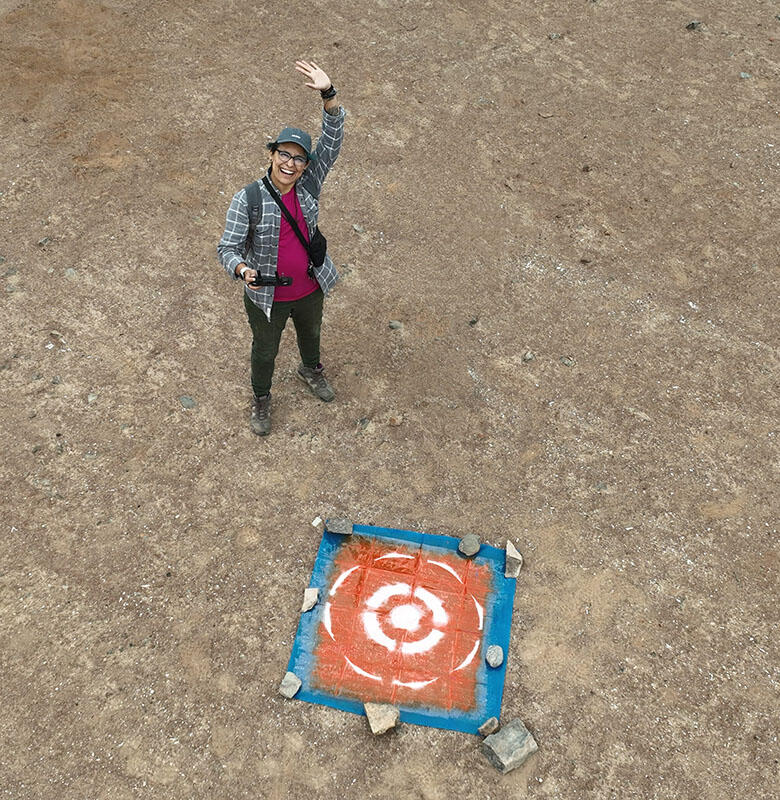


Research and Teaching
Active archaeological research is carried out at: The Puebloan region in Parashant National Monument, Arizona and the lower Moapa Valley; the Mimbres Mogollon region of southwestern New Mexico; the Yup’ik Eskimo Villages, Alaska; the Classic Maya city and UNESCO world heritage site, Palenque, Mexico; the Central Andes in Peru; and the Mojave Desert of southern Nevada.
Undergraduate and graduate archaeology coursework in the department is informed by the archaeological research done at the field sites listed above, as well as in archaeology more broadly, and includes training in archaeological theory, ceramic and lithic analyses, and cartography and spatial analysis. Coursework also reflects the topical interests of faculty, including gender and identity, forager adaptations, Ancestral Pueblo, Maya, GIS, household archaeology, technology and production, precolonial urbanism, and queer theory.
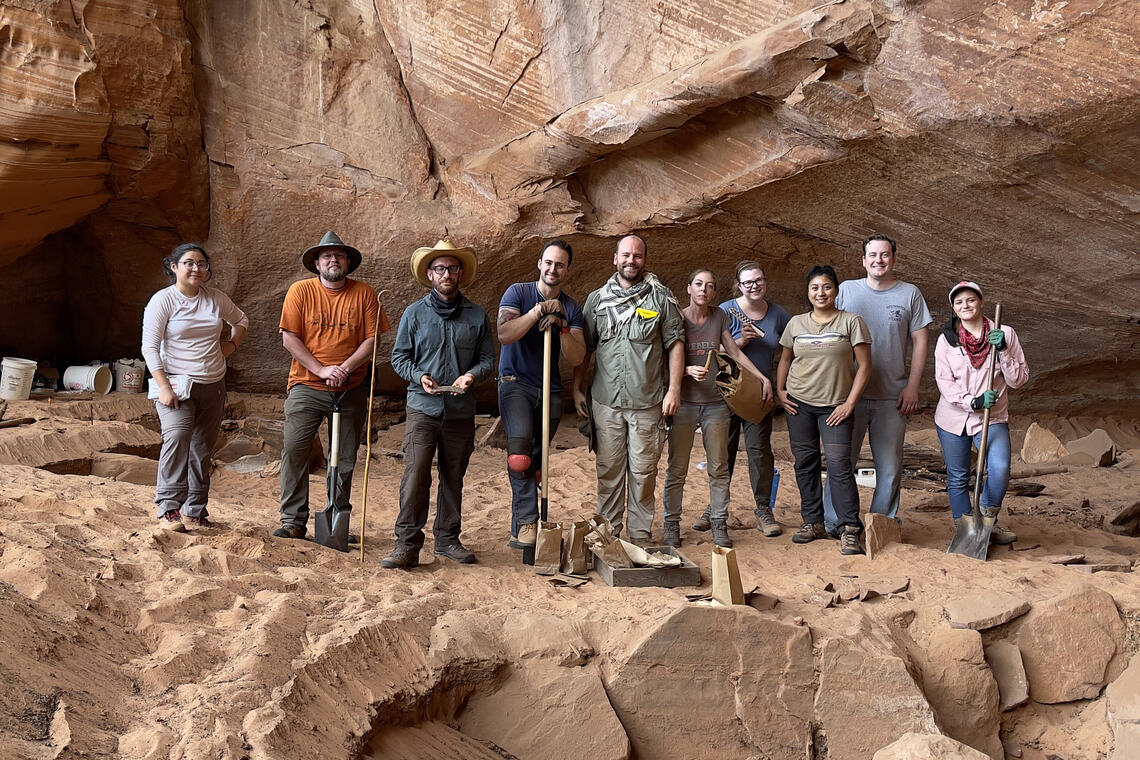


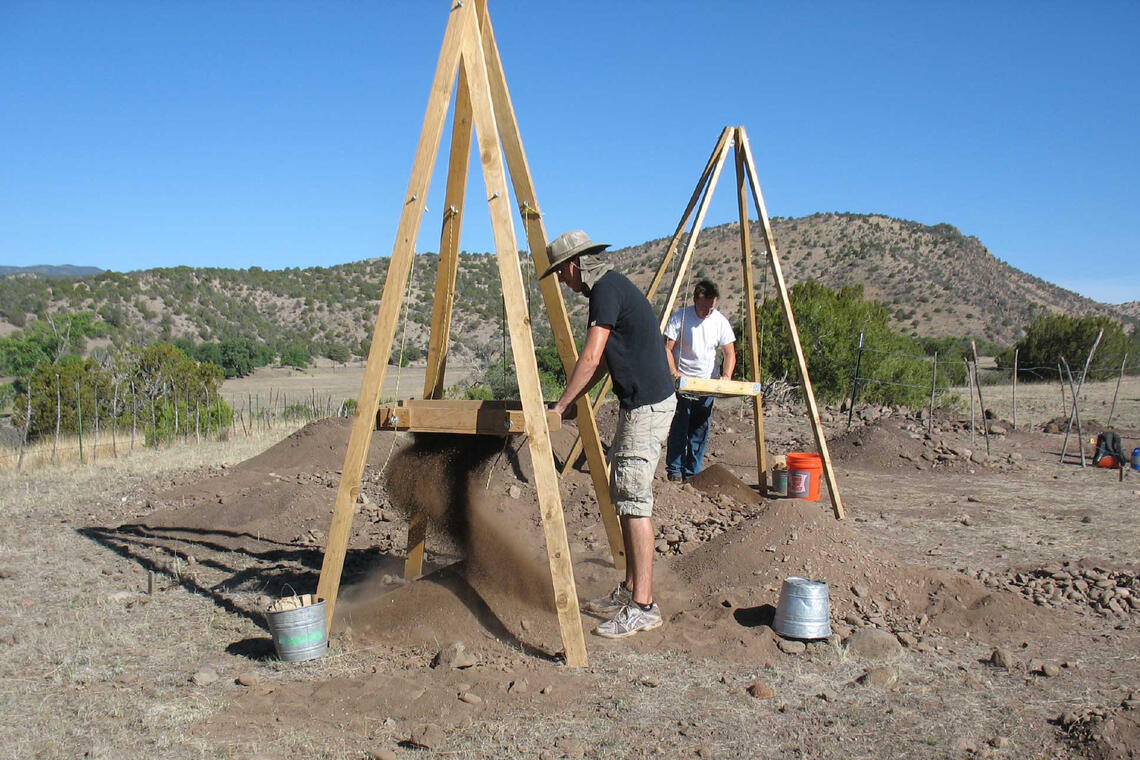
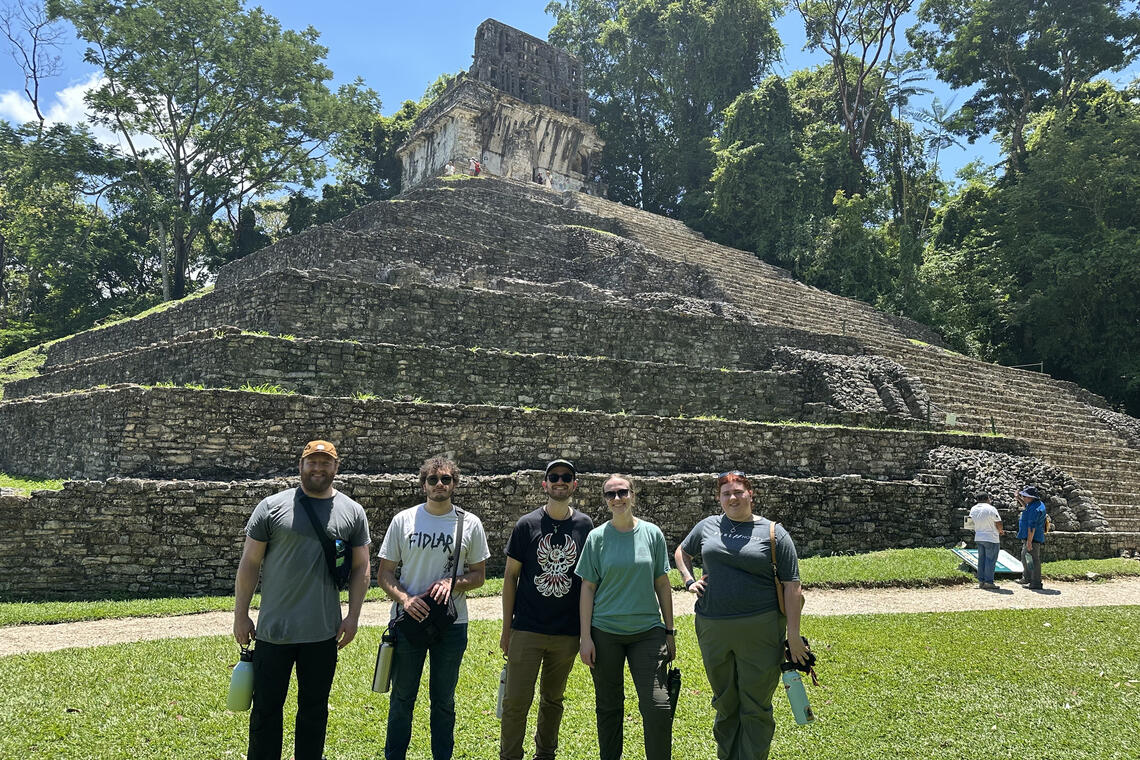
Collections
Archaeological collections housed at UNLV in the various labs include:
- Archaeological materials excavated from Virgin Branch Puebloan sites in southern Nevada and northwestern Arizona.
- Archaeological materials collected at pithouse and pueblo sites in the Mimbres region of southwestern New Mexico.
- Archaeological collections from excavations of an ancient Maya neighborhood in Mexico.
To find out more information about the collections at UNLV or to request access to work with a certain collection please contact Dr. Karen Harry (karen.harry@unlv.edu).